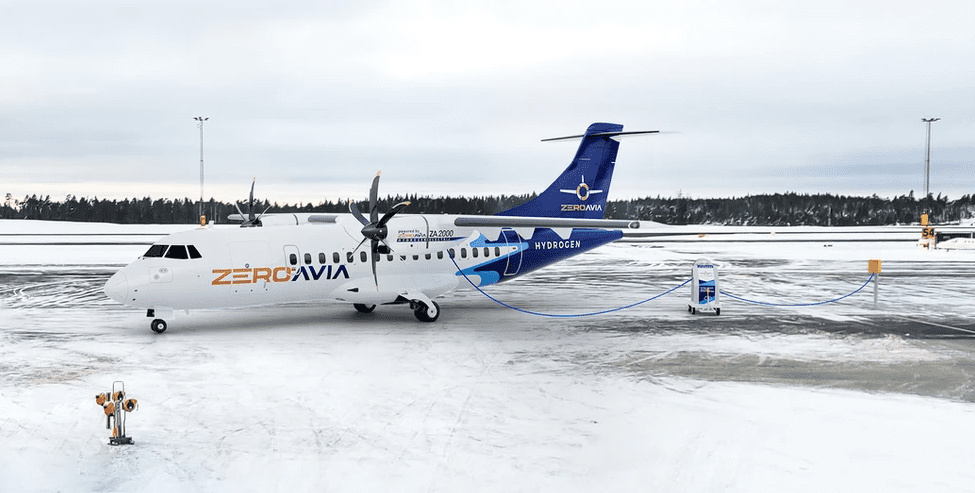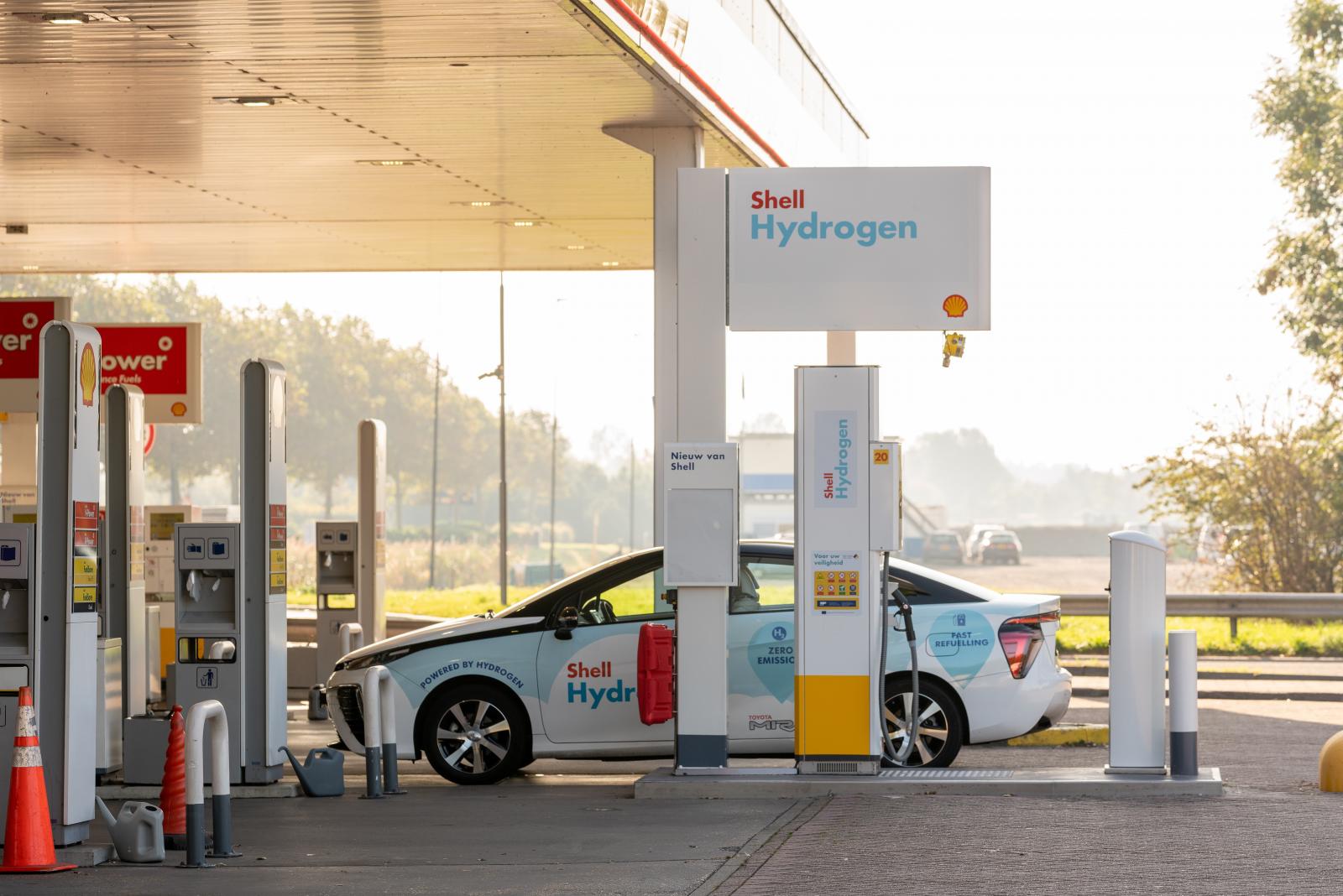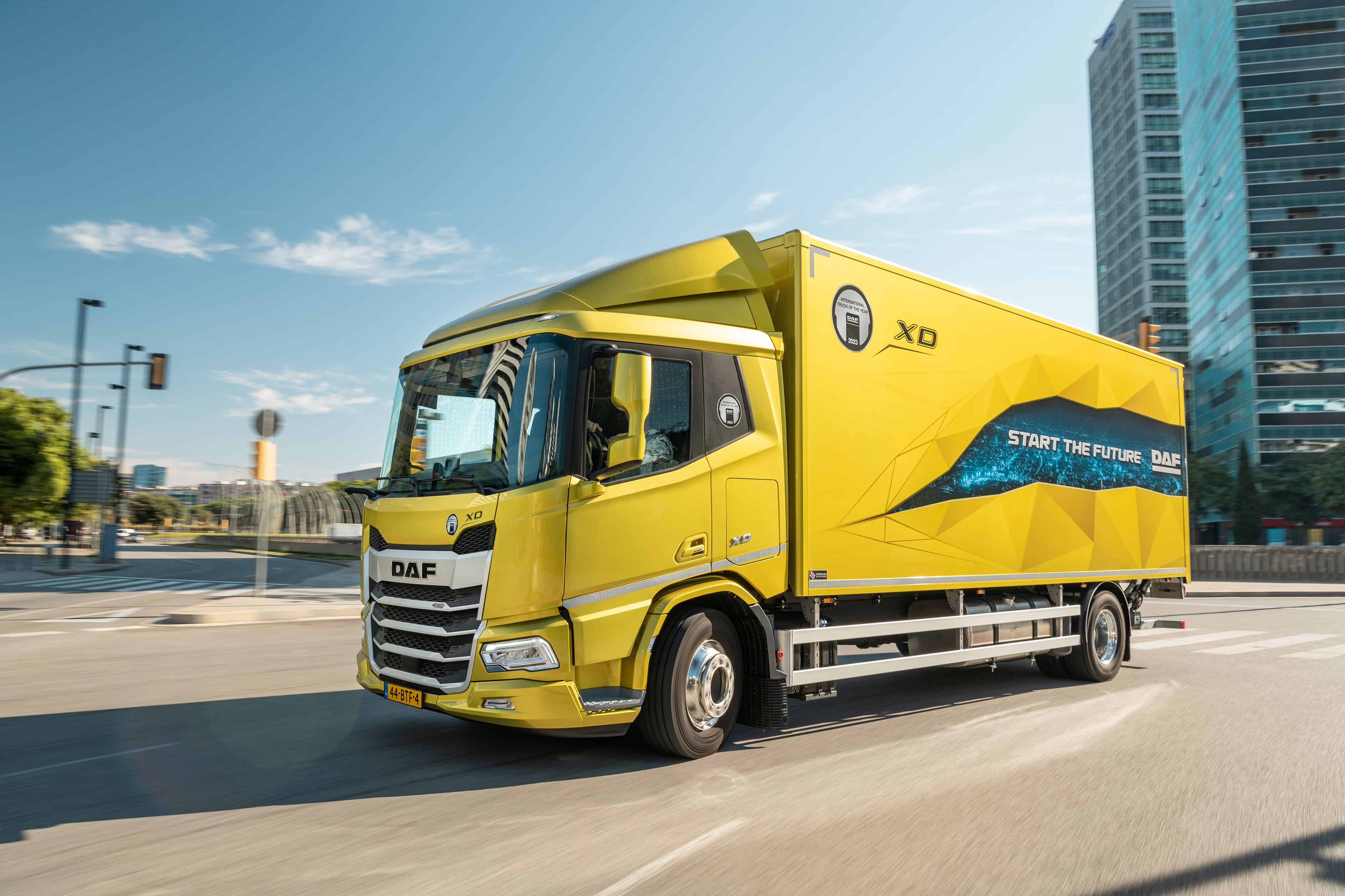
On March 20th, energy company Fortum signed an agreement with Zero Ava to explore developing hydrogen production and refueling infrastructure at airports across the Nordics region. The goal is to create zero emission routes as early as 2025 through their Hydrogen Airport Refueling Ecosystem (HARE) system which was already tested successfully.
Growing potential
The potential for zero-emission flight is growing, with more and more countries setting targets for the adoption of cleaner flight. With Nordic countries likely to be among the first adopters, ZeroAvia and Fortum are well-positioned to make a real difference in the fight against climate change. Fortum’s core operations in the Nordics, including efficient and CO2-free power generation and reliable energy supply, give it the capacity to produce green hydrogen – a key component in the transition to zero-emission flights.
The project will look into developing on-the-ground hydrogen infrastructure at airports that could reduce emissions from flights as well as other operations like heavy-duty transportation, materials handling equipment and other energy consuming systems. A decision on possible investments will be made at a later stage.
Paul Eremenko, Chief Executive of Universal Hydrogen, is confident in the potential of hydrogen planes. Earlier, he announced that “as early as 2025 we’ll see commercial passenger flights powered by hydrogen”.
The agreement between ZeroAvia and Fortum is an important step in making zero-emission flight a reality. The companies have an ambitious goal of certifying engines first for 9–19 seat aircraft by 2025, followed by 40–80 seat aircraft by 2027.

The benefits of hydrogen
Hydrogen has long been touted as an alternative fuel source for aviation due to its environmental benefits and its potential to reduce costs. Hydrogen has one of the highest energy densities of any fuel source, meaning that it can provide more energy per kilogram than any other fuel. This means that hydrogen aircraft could have a greater range than those powered by traditional fuels.
Hydrogen fuel also has zero emissions. The only waste product produced is water vapour – meaning that it has no negative impact on air quality or climate change. This makes hydrogen a much more attractive option than traditional fuels like petrol or diesel.

An important step
The agreement between ZeroAvia and Fortum marks an important step towards creating zero-emission flight routes across the Nordics region. The companies have an ambitious goal of certifying engines for 9–19 seat aircraft by 2025, followed by 40–80 seat aircraft by 2027. With clean energy production and reliable energy supply already established in the Nordics, Fortum is well positioned to help deliver the capacity required for the production of green hydrogen.
The environmental benefits of hydrogen are clear – it has one of the highest energy densities of any fuel source, meaning that it can provide more energy per kilogram than any other fuel; it produces zero emissions; and it has no negative impact on air quality or climate change. With more and more countries setting targets for the adoption of cleaner flight, ZeroAvia and Fortum are well-positioned to make a real difference in the fight against climate change.







